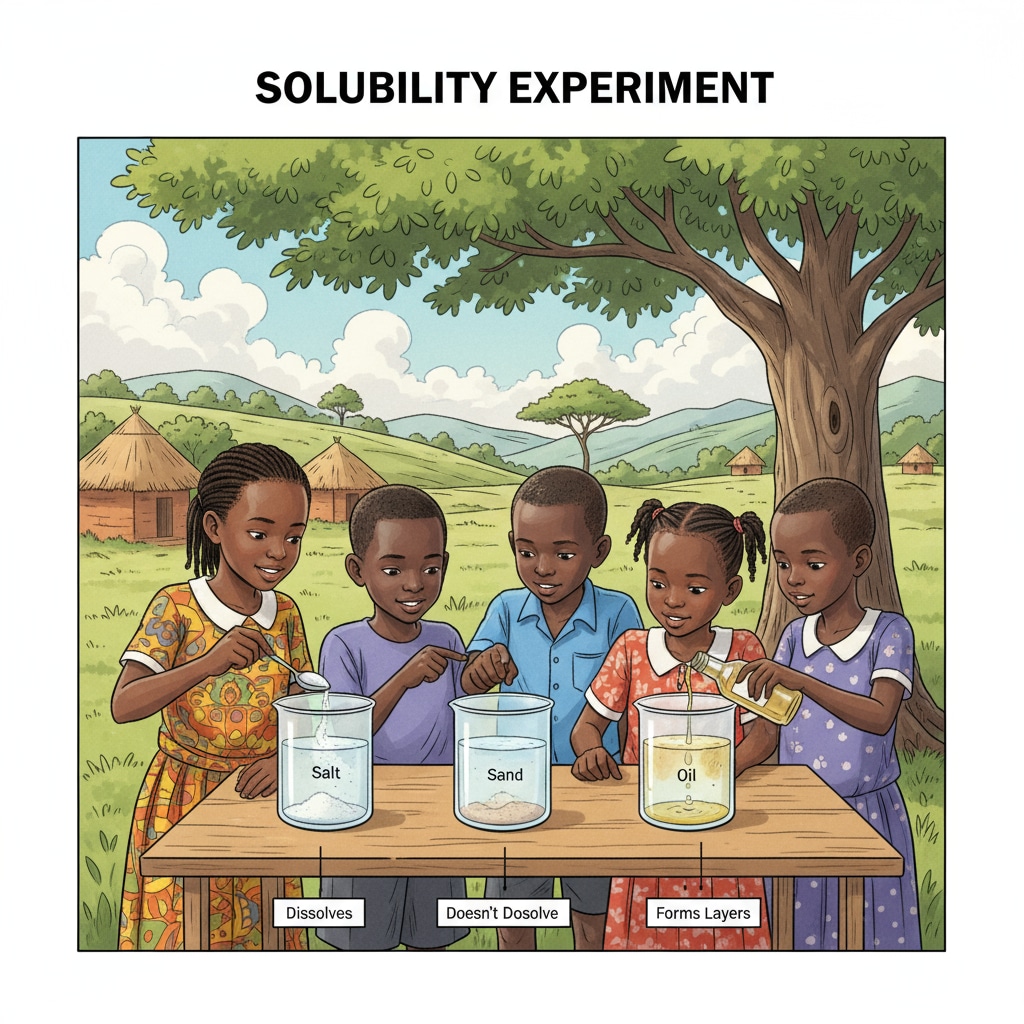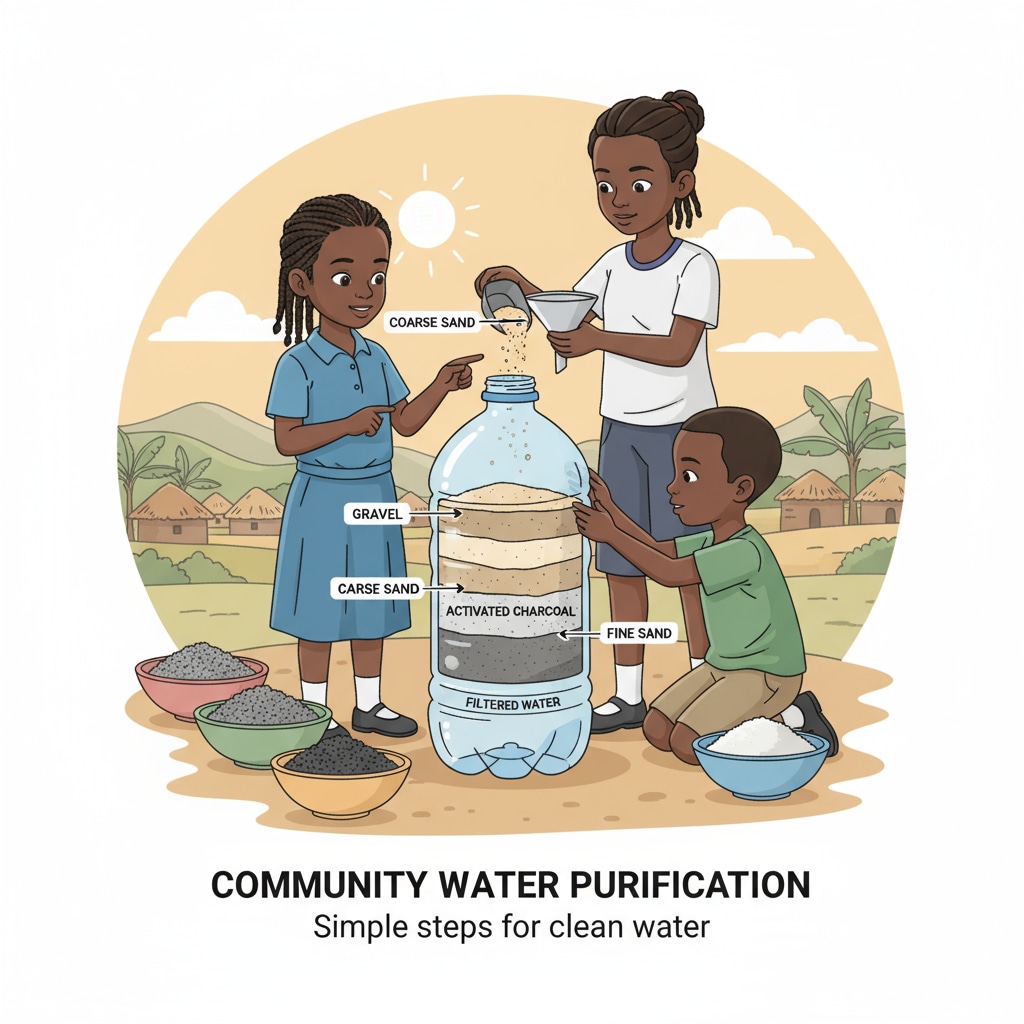STEM education, water resource projects, and Rwandan children’s education are crucial elements in shaping a brighter future for the youth in rural Rwanda. In a region where resources are limited, designing engaging water-themed STEM activities can open new doors of learning and opportunity for these children.

Understanding the Context of Rwandan Rural Education
Rural Rwanda faces unique challenges in education. Limited access to educational resources, including textbooks, laboratories, and trained teachers, often restricts the quality of learning. However, water is an element that is both ubiquitous and essential in the daily lives of these children. Leveraging water as a theme for STEM education can bridge the gap between the lack of resources and the need for quality learning experiences. For example, water is used for drinking, farming, and household chores, making it a relatable topic. Education in Rwanda on Wikipedia
The Significance of Water in STEM Education
Water serves as an excellent medium for teaching various STEM concepts. In science, children can learn about water properties such as density, solubility, and the water cycle. Through simple experiments using locally available materials like buckets, leaves, and soil, they can observe how water behaves. In technology, they can explore basic water collection and filtration systems. Engineering comes into play when designing structures to store or divert water. Mathematics is involved in calculating water volume, flow rates, and distribution. This interdisciplinary approach helps children develop a holistic understanding of STEM subjects.

Moreover, these water-themed STEM activities can be designed to be hands-on and interactive. For instance, children can create their own water wheels using sticks and leaves to understand the concept of energy conversion. This not only makes learning fun but also enhances their problem-solving and critical thinking skills.
Innovative Teaching Methods for Resource-Constrained Environments
In resource-limited settings, educators need to be creative. One approach is peer teaching, where older children can teach younger ones what they have learned about water and STEM. This not only reinforces the knowledge of the older children but also spreads learning within the community. Another method is to use storytelling. By incorporating water-related stories from local folklore, children can be engaged and then led into discussions about relevant STEM concepts. Additionally, community members, such as farmers and well diggers, can be invited as guest speakers to share their practical knowledge about water management. Education on Britannica
Readability guidance: As seen above, short paragraphs and lists are used to present information clearly. The focus on hands-on activities and innovative teaching methods helps in engaging Rwandan rural children in STEM education related to water resource projects. By using local materials and community resources, these activities can overcome resource constraints and provide valuable learning experiences.


